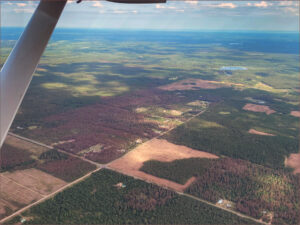By Patricia Lindquist, Urban Forestry Coordinator; patricia.lindquist@wisconsin.gov or (715) 574-1314
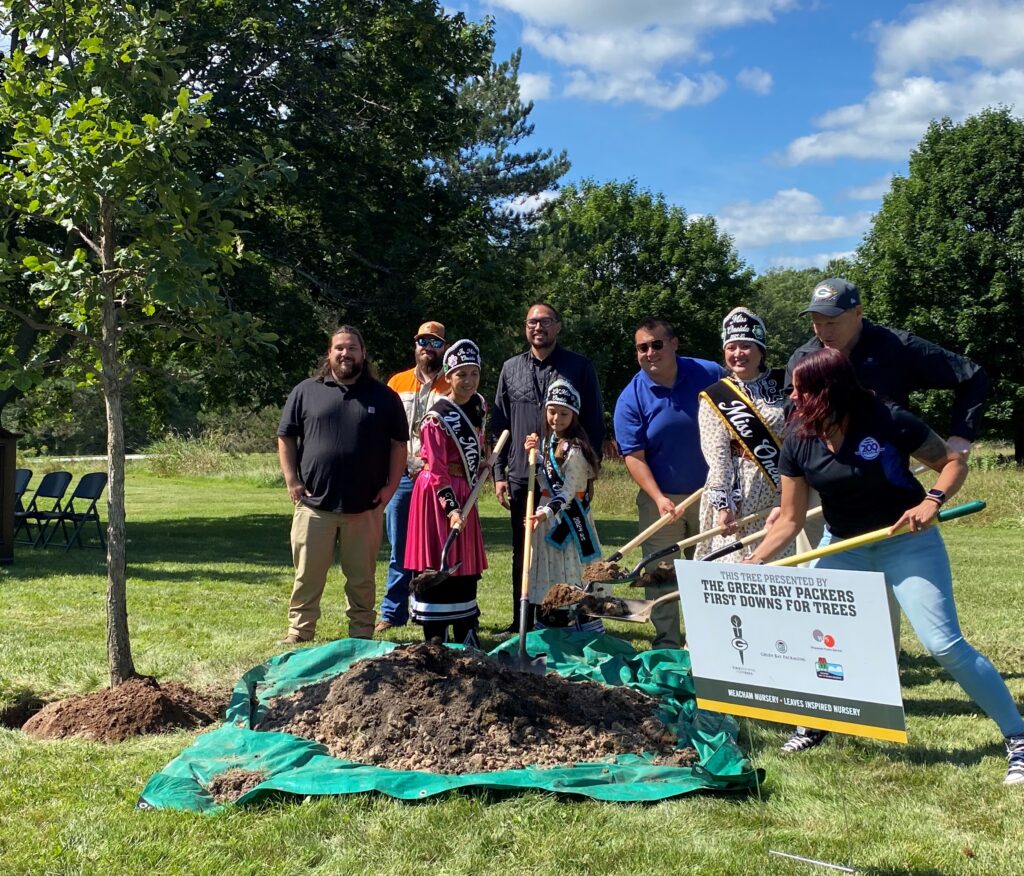 On Aug. 20, 2024, the First Downs for Trees program celebrated its 14th year with a ceremonial tree planting at Amelia Cornelius Park, Oneida Nation. The program is a cooperative effort between the DNR, the Green Bay Packers, Wisconsin Public Service and corporate sponsor Green Bay Packaging, Inc. The donated trees offset the Packers’ carbon footprint when flying to away games.
On Aug. 20, 2024, the First Downs for Trees program celebrated its 14th year with a ceremonial tree planting at Amelia Cornelius Park, Oneida Nation. The program is a cooperative effort between the DNR, the Green Bay Packers, Wisconsin Public Service and corporate sponsor Green Bay Packaging, Inc. The donated trees offset the Packers’ carbon footprint when flying to away games.
In 2024, 402 landscape-sized trees were planted by sixteen communities: Allouez, Ashwaubenon, Bellevue, Brown County, De Pere, Green Bay, Hobart, Howard, Lawrence, Ledgeview, Morrison, Oneida, Pulaski, Scott, Suamico and Wrightstown. The trees were provided by Meacham and Leaves Inspired nurseries. Since its inception, the First Downs for Trees program has donated 7,194 trees. Continue reading “First Downs For Trees Celebrates 14 Years” →


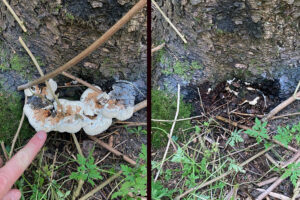
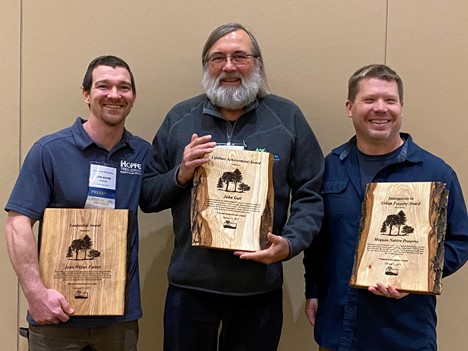 The
The 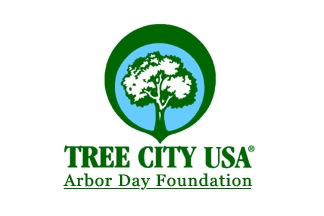 Tree City USA Interactive Map
Tree City USA Interactive Map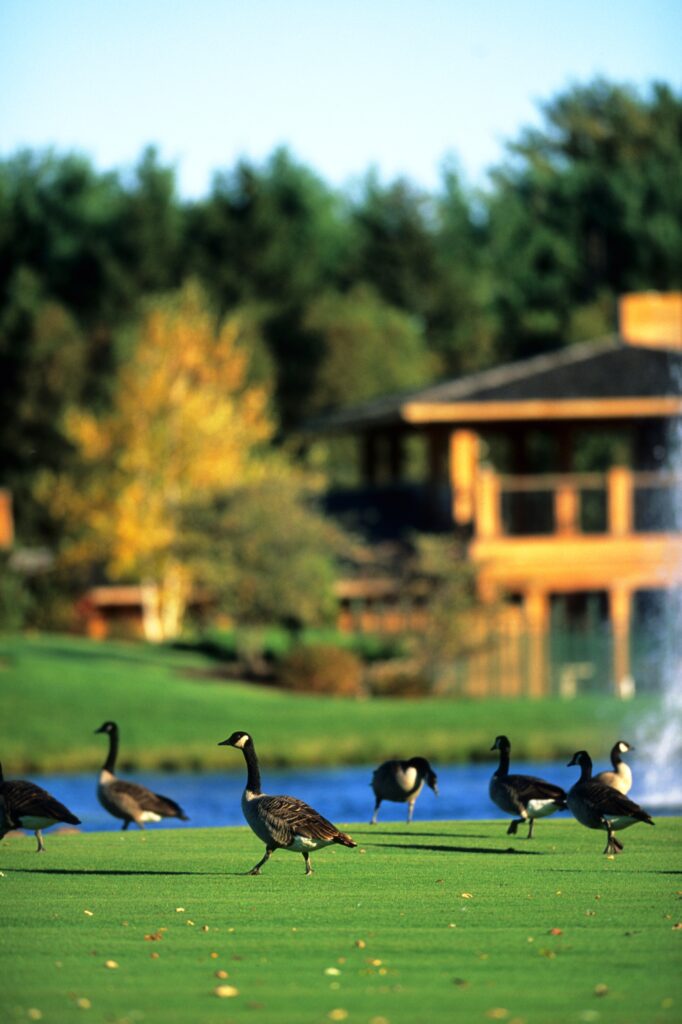 Urban Wildlife Damage Abatement and Control grants help urban areas develop wildlife plans, implement specific damage abatement and/or control measures for white-tailed deer and/or Canada geese. They are available to any town, city, village, county or tribal government in an urban area. This grant provides a 50% cost share up to $5,000 for eligible costs. The application deadline is Dec. 1, 2024.
Urban Wildlife Damage Abatement and Control grants help urban areas develop wildlife plans, implement specific damage abatement and/or control measures for white-tailed deer and/or Canada geese. They are available to any town, city, village, county or tribal government in an urban area. This grant provides a 50% cost share up to $5,000 for eligible costs. The application deadline is Dec. 1, 2024. 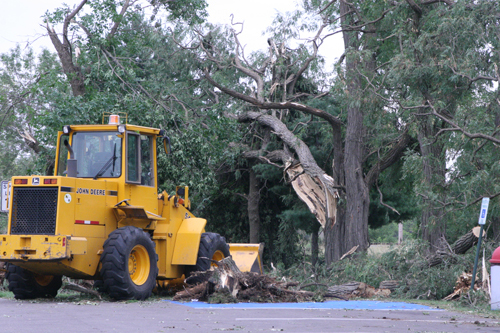 The Wisconsin Department of Natural Resources (DNR) announced the recipients of the Urban Forestry Catastrophic Storm Grants to assist with damage sustained during statewide extreme storm events that took place June 21-25, 2024.
The Wisconsin Department of Natural Resources (DNR) announced the recipients of the Urban Forestry Catastrophic Storm Grants to assist with damage sustained during statewide extreme storm events that took place June 21-25, 2024.  On Aug. 20, 2024, the First Downs for Trees program celebrated its 14th year with a ceremonial tree planting at Amelia Cornelius Park, Oneida Nation. The program is a cooperative effort between the DNR, the Green Bay Packers, Wisconsin Public Service and corporate sponsor Green Bay Packaging, Inc. The donated trees offset the Packers’ carbon footprint when flying to away games.
On Aug. 20, 2024, the First Downs for Trees program celebrated its 14th year with a ceremonial tree planting at Amelia Cornelius Park, Oneida Nation. The program is a cooperative effort between the DNR, the Green Bay Packers, Wisconsin Public Service and corporate sponsor Green Bay Packaging, Inc. The donated trees offset the Packers’ carbon footprint when flying to away games.